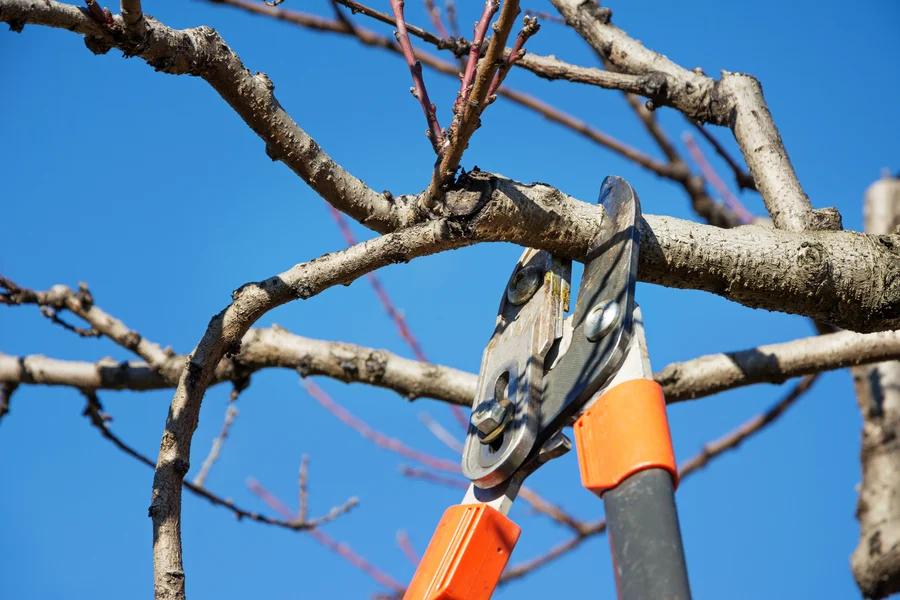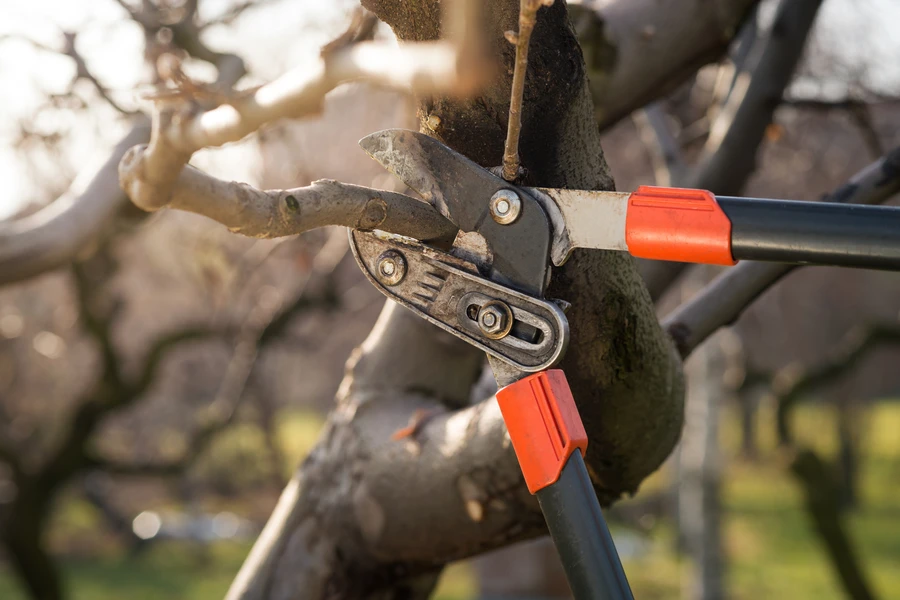A Guide to Effective and Safe Tree Pruning
Pruning trees is essential for their health and growth. However, it’s easy to make mistakes that can harm your plants rather than help them. Learning the common pitfalls can save you time and trouble in the long run. This guide will walk you through some of the frequent errors made during pruning, providing tips on what to avoid and how to do it right.

Understanding Incorrect Timing
One of the most common mistakes in tree pruning is doing it at the wrong time. Pruning during the wrong season can lead to poor growth or even disease. Generally, it’s best to prune in late winter or early spring before new growth starts. This timing helps trees heal quickly and directs energy toward healthy development.
Avoiding Over-Pruning
Over-pruning happens when too much of the tree is cut away at once. This can stress the tree, making it vulnerable to pests and diseases. While using tree pruning services, ensure they only remove necessary branches. A good rule of thumb is never to cut more than 25% of a tree’s canopy in a single year.

Using Proper Tools and Techniques
The tools you use are just as important as when you prune. Using dull or incorrect tools can damage the tree and leave it susceptible to infections. High-quality pruning shears or saws should always be sharp and clean. If you’re hiring tree pruning services, confirm that they maintain their equipment properly. Proper technique includes making clean cuts close to but not into the branch collar, which promotes faster healing.
Recognizing the Importance of Safety
Safety is often overlooked in tree pruning practices. Working with large trees can be dangerous if you’re not careful. Always wear protective gear such as gloves and goggles. Never attempt to prune high branches without proper equipment or training. For tall trees, consider hiring professionals who have experience and safety measures in place.
Correcting Misidentified Branches
A common error is cutting healthy branches instead of diseased or dead ones. Make sure to identify which parts of the tree actually need removal. Look for signs like deadwood, crossing branches, or areas where sunlight can’t penetrate. Correctly identifying these helps improve air circulation and light reach within the tree.
- Always prune above a bud facing outward from the center.
- Ensure cuts are angled correctly to allow for water runoff.
- Be mindful of removing suckers growing from roots or trunk base.
The Role of Tree Structure Understanding
Many people don’t understand tree structure well enough before pruning. Knowing where to cut helps maintain balance and aesthetic appeal. Trees naturally grow in a way that’s most efficient for their environment, so maintaining this natural shape is crucial. Understanding the species-specific needs can also guide your pruning decisions effectively.
Final Thoughts on Pruning Success
Successful pruning requires knowledge and care. By avoiding common mistakes like incorrect timing, over-pruning, and improper tool use, you can promote healthier trees and landscapes. Texas Lawn Solutions offers professional guidance tailored to your specific needs. Call us at (972) 363-8819 to learn more about our expert services. Our team serves clients throughout Greens, Garland, TX 75044, ensuring safe and effective tree care solutions for every situation.
